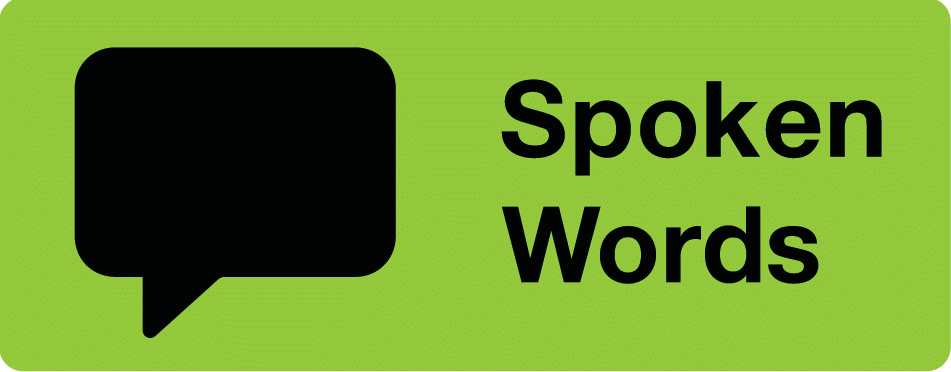The Secret Sauce: Ingredients for a Delicious Customer Communications Strategy
In today’s competitive business landscape, customer communication is the secret sauce that keeps them coming back for more. It’s the art of building genuine connections, fostering trust, and ensuring your customers feel heard and valued. But what makes a truly good customer communications strategy? Here are the key ingredients to whip up a recipe for success:
1. Know Your Audience (They’re the Picky Eaters):
- Understanding Preferences: Just like picky eaters, customers have preferred communication styles. Do they prefer email updates, social media engagement, or personalised text messages? Conduct market research and gather feedback to understand your audience’s preferences.
- Segmentation is Key: Don’t treat all customers the same. Segment your audience based on demographics, interests, or purchase history. This allows you to tailor your communication to resonate with their specific needs.
2. Speak Their Language:
- Clarity is King: Ditch jargon and complex sentences. Use clear, concise language that your audience can easily understand. Imagine explaining things to a friend, not a professor. Even when you have a complex message to convey, offer a simplified, easy-read alternative.
- The Power of Storytelling: People connect with stories. Craft compelling narratives that showcase how your product or service improves their lives. Use case studies, testimonials, and visuals to bring your stories to life.
- Consider Cultural Nuances: If you have a global audience, be mindful of cultural sensitivities and adapt your communication style accordingly. A straightforward approach that works in one culture might be considered rude in another.
- Can Your Reader Read? In the United Kingdom, around 5 million adults cannot read English and require a different language, such as British Sign Language, or spoken words, or large print text. Don’t exclude people – consider AI accessibility tools like PostDoc to deliver on your accessibility and inclusion ambitions.
3. Listen Up! It’s More Than Just Hearing:
- Active Listening is Golden: True listening goes beyond simply hearing words. Pay attention to both verbal and nonverbal cues to understand the underlying emotions and concerns of your customers.
- Multiple Channels for Multiple Voices: Provide multiple channels for customers to reach you, like email, phone, social media, or live chat. This ensures everyone has a comfortable way to voice their opinions or ask questions.
4. Be Transparent, Be Honest (Even About Burnt Toast):
- Honesty Builds Trust: Nobody likes mixed messages or hidden fees. Be upfront and honest in all your communications, even when things go wrong. Take responsibility for mistakes and offer genuine solutions.
- Proactive Communication is Key: Don’t wait for customers to come to you with problems. Be proactive in your communication, keeping them informed about changes, service updates, or potential delays.
5. Omnichannel Magic (The Whole Meal Deal):
- Seamless Transitions: Customers expect a smooth experience across all communication channels. Ensure your messaging is consistent, whether they reach out by phone, email, or social media.
- Data is Your Friend: By integrating your communication channels, you can gain valuable data on customer interactions. Use this data to personalize your communication and anticipate their needs.
By incorporating these key ingredients, you can develop a customer communication strategy that’s not just good, it’s delicious! Remember, happy and well-communicated customers are loyal customers. So, ditch the bland communication and start creating a customer experience that leaves them wanting more.
Bonus Tip: Consider incorporating new technologies like AI-powered accessibility aids and sign language translation tools (like those being developed by Access to Words!) to further enhance your communication strategy and cater to a wider audience.




